On the whole, my angling has always been epitomised by a slow Darwinian like progression of understanding – from rigs and baits to a very basic conceptual understanding of what (sometimes) works and why. The fact of the matter is that there have few leaps in that slow development but one that stands out is the evolution of the ‘Hinged Stiff Rig’.
I suppose that the truth of the matter is simply that if there is an aspect of angling that I don’t find unfeasibly impossible to come to terms with its rig mechanics – and specifically understanding the fundamental requirements needed to tie up rig’s that are mechanically effective – that reacts quickly and presents a bait nicely. God knows why, but it’s always seemed quite straight forward, whereas understanding the bizarre habits of our quarry seems nigh on impossible! Weird bloody animals.
My moment – an epiphany as such – occurred a long long time ago. So long ago in fact that I felt compelled to check that my memory hadn’t skewed and twisted the moment that went some way to revolutionising mine (and many other anglers since) carp fishing. The moment was the fateful evening that Terry (the Tench) and I sat on the old grey velour sofa in my front room, and from our concerted brainstorming on how to improve a rig we had been shown resulted in the classic – came the much copied and subtly adjusted hinged stiff rig.
I would never claim it was my idea alone! Hell no. It was actually the evolution of a concept we had both been shown and had recognised as having unbelievable potential, despite being imperfect. We had seen/been shown a rig that seasoned big fish angler Alan Welch had been having real success with it on a really tricky ‘non publicity’ water. Now Alan is a hugely talented angler anyway, but the black amnesia rig really seemed to be making a difference to his results as it was radically different from anything else.
The first time I remember seeing their rig was in the Dug Out swim on the Car Park lake – another mutual friend and confident of Alan’s (named Andy Kidd) was using it and I remember looking at it thinking it was amazing. It left an enormous impression I can tell you… In fact Andy had caught one of the big’uns called ‘Whitescale’ from Silvermere the previous winter using it – and the two of them had caught a rake of fish from Gold Valley that winter when they first used it.
It was a hinged stiff rig, but the mounting of the hookbait seemed to sit awkwardly on a hair (it may have been a stiff hair formed from the amnesia). In hindsight this may simply have been because it was a ‘used’ rig that he had just reeled in – but the blatent feeling was that it looked like it could be tidier. The hook sat at a slight angle and it almost looked as if it would inhibit the hooking potential of the finished rig. Of course it didn’t as they had caught on it, but we’d always had the mind set, rightly or wrongly that ‘tidy and straight’ is best for good consistent hook bait presentation. In essence, the bare bones of the final (classic) hinged stiff rig were there – a boom section with a loop and a rig ring to which we had added a hook – but the key was how to mount that hook bait in a manner that enhanced the rigs potential rather than inhibit it.
Terry had shown me the Domhoff whipping knot that worked really nicely with the out turned eye of the Boilie hooks that seemed to sit really nicely with the thick monofilament and we both sat there looking at a hook section… In hindsight this was THE moment.
We agreed that a D on the back of the shank would naturally position the hook bait nicely on the back of the shank and Tel tied a version that was virtually IT. The only thing was that it required gluing to keep the D in position. It was really really nice and simply looked the absolute nuts! Then I remembered a nylon ‘swimmer rig’ I’d used to use when I fished on the Diana pond many years earlier, a rig that had a loop through the eye that was secured in place by melting the mono – and as I reached for the lighter we both had exactly the same idea.
When we put the baited rig in the sink in my little kitchen I vividly remember us laughing like kids, and Tel pointing at it saying “look at it – just look at it!”.
As it settled gently onto the bottom of the basin we quickly decided it wasn’t simply a rig; it acted more like a trap poised ready to instantly snare or nail any carp that was daft enough to suck the hookbait in. The way it sat – the way it reacted when touched. We both KNEW emphatically that it was absolutely right from the start. It was just too perfect. It was going to work.
Most readers will by now realise that Terry is without a shadow of doubt one of the very best anglers there is – and not just carp – and with the new version of the rig in hand he started using it on the Car Park straight away. In fact I asked him to correct my hazy recollection of his first trips and he said “from the off I caught a tench from the Beach Swim on the car park. I remember it well because for some strange reason I slept on the floor, must have forgotten to pack my bed as was when I was lodging at Pat and Bernie’s. I caught Heather on it a week or two later, on a work night.”
It sounds so matter of fact now doesn’t – it most certainly wasn’t – it was absolutely extraordinary! Just to be involved was an amazingly exciting and the rig was improved slightly with the development of specialist stiff filaments and hooks (with Terry’s input at ESP).
After the addition of a swivel at the base of the hook section that genuinely enhanced the way that the curved end section could twist and react better and a few other small changes the rig has really remained largely unchanged. After all, whether the hooklink is tied with a short boom or a long boom, or the boom tied with a soft material or a stiff a one. They all rely on the ‘perfect’ hook section that the two of us came up with all those years ago – and whilst there are several pivotal moments in my angling life that I feel very proud of this is probably the one where I feel we did something extraordinary that has helped thousands of anglers catch more.
The general behaviour of the rig and its mechanics are just about as good as they get, and it really hasn’t been surpassed as a pop up rig. If the carp are willing to take a bait that’s fished a few inches off of the deck then this is the rig that many anglers rely on. It consistently offers superb hook bait presentation that resets perfectly even after it’s been sampled – which essentially means that the next time a carp sucks the hookbait in you still have as much chance of catching it as the first time! Different boom materials suit different lead arrangements – and as a general rule hinged stiff rigs that incorporate a soft or skinned hooklinks work best with lead clips. That’s why we used this type of material on our new pre-tied Hinged Rigs here at Gardner Tackle.
Alternatively, with monofilament booms sections I’d always say that a helicopter style lead arrangement is perfect. It allows a different pivot point at the lead end of the hook link that means it will settle nicely over a wider range of lake beds despite the slightly stiffer material.
That’s about it really – just make sure that your hookbaits are buoyant enough to hold the hook section upright and that the balanced rig sinks at just right rate (not to fast and not to slow) and that the lead touches down cleanly when you cast. That way you’ll have a great presentation that is as good today as it’s ever been.
Boom Section
- Use a soft skinned hooklink like Ukltra Skin to allow the Boom Section to settle down flush to the lake bed
- 1. Start off tying a size 12 Covert Flexi-ring swivel to Ultra Skin boom using a 4 turn Grinner
- 2. Tie a figure of 8 loop knot at the other end to allow attachment to a Kwik Lok style swivel
- 3. Make sure the knot is bedded down, applying even pressure, pulling steadily on both the tag and the hooklink
- 4. Wrap some Critical Mass Putty around the Grinner to counter balance the pop up (make it sink slowly)
- 5. The finished Boom section. Half way there…
Hook Section
- Hinged Stiff Rig hook sections work best with a high memory hooklink material
- 1. There’s nothing simpler or stronger for attaching hooks than the good old ‘Knotless Knot’
- 2. With the Size 4 Incizor 8-9 wraps is perfect.
- 3. Now for the ‘D’, slip a large Covert Rig Ring onto the knotless knot tag end…
- 4. …and then push the end of the tag through the hook eye.
- 5. Trim off the excess material so you have about a cm of Trip Wire.
- 6. Use a lighter to melt the end of the tag, the Blob keeps the ‘D’ in position.
- 7. Attach the hook section to the Size 12 Flexi Ring with a ‘blobbed’ 3 turn Blood Knot.
- 8. For the neatest knot trim the tag before fully bedding the Blood Knot down.
- 9. Blob the tag end so there is a couple of mm between the melted copolymer and the knot (be careful not to burn the hooklink).
- 10. Push the blob in flush to the base of the wraps as shown, then pull it down tight.
- 11. Mount a hookbait on the rig ring.
- 12. The finished rig, showing the ideal gentle curve on the hook section.
Or view another version here https://gardnertackle.co.uk/2015/09/hinged-stiff-trick-link-boom-rig/


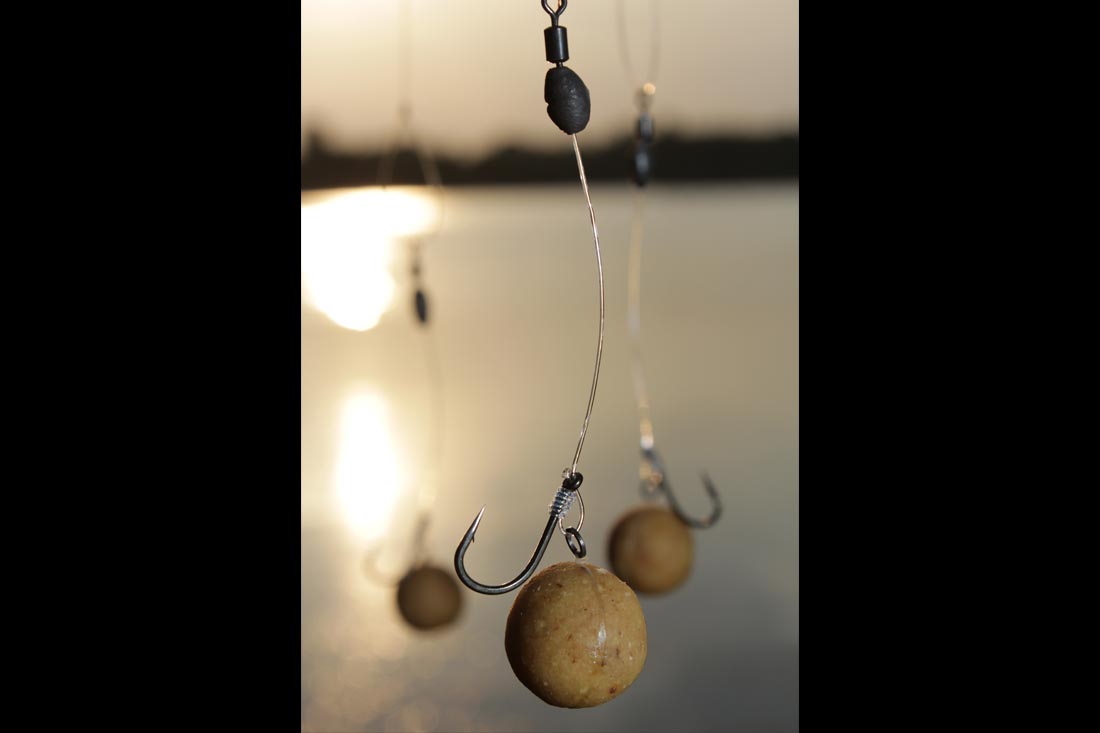
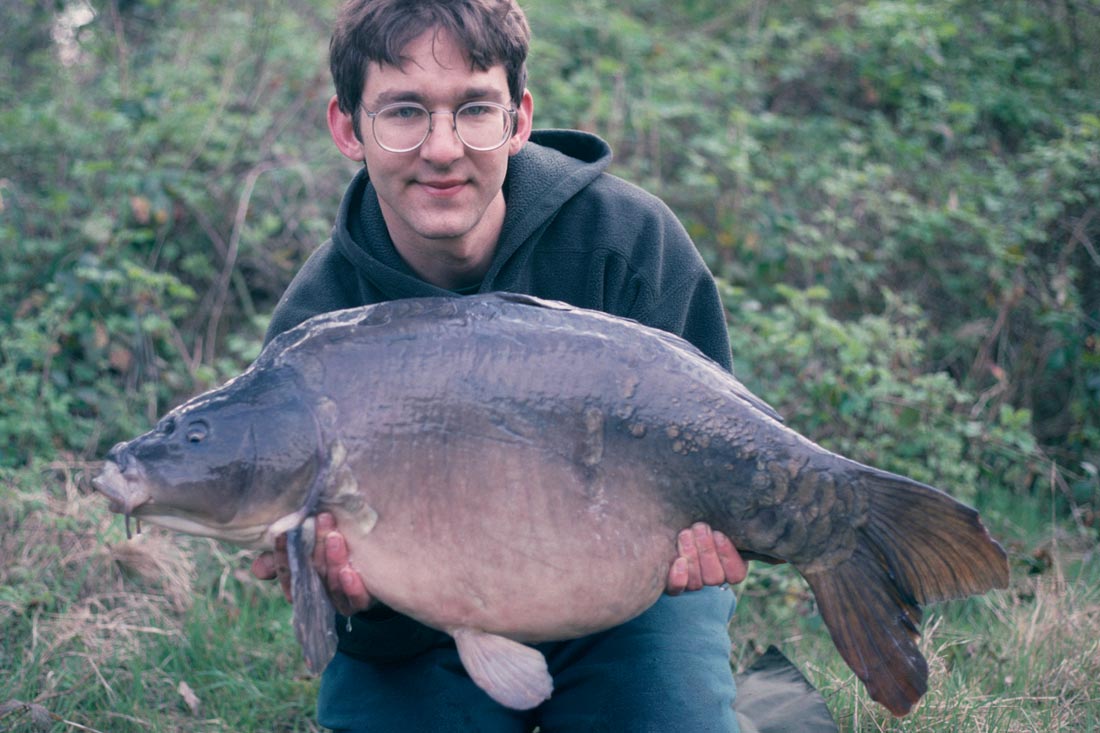
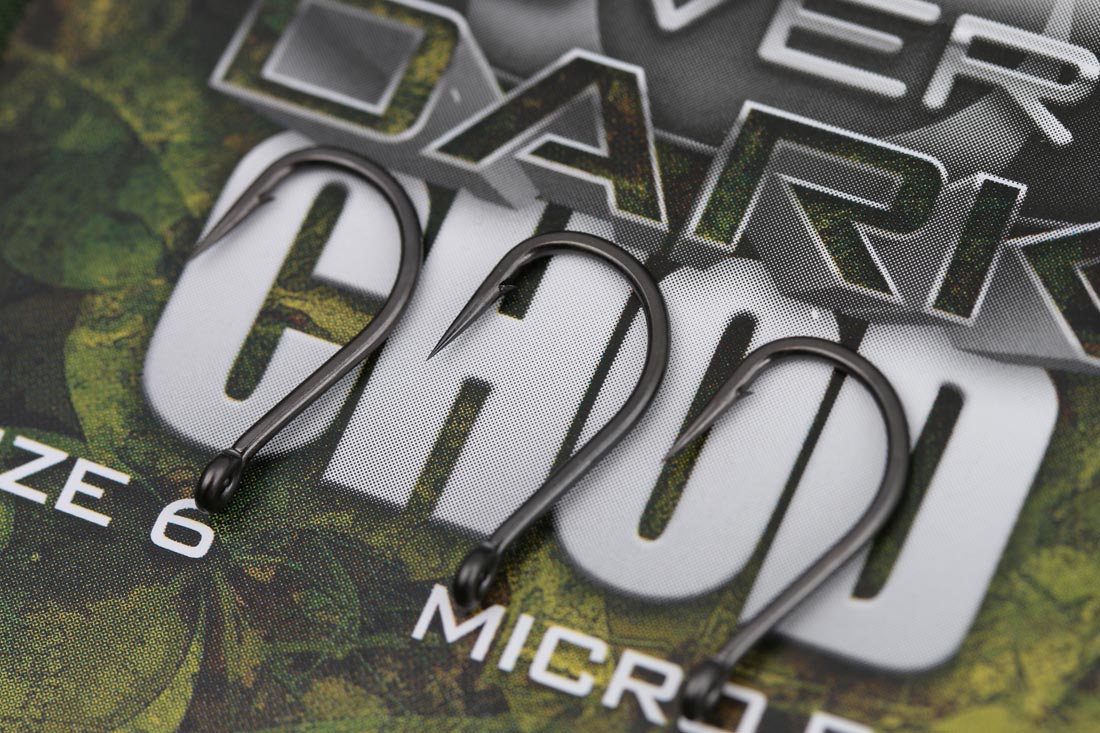
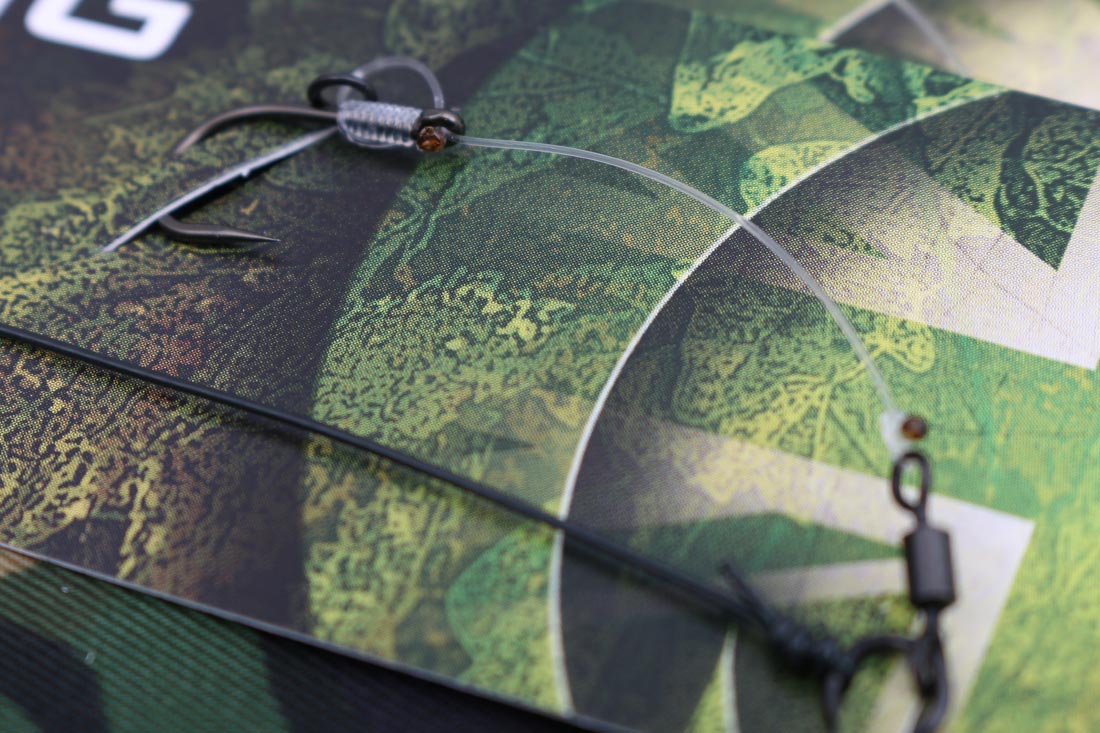
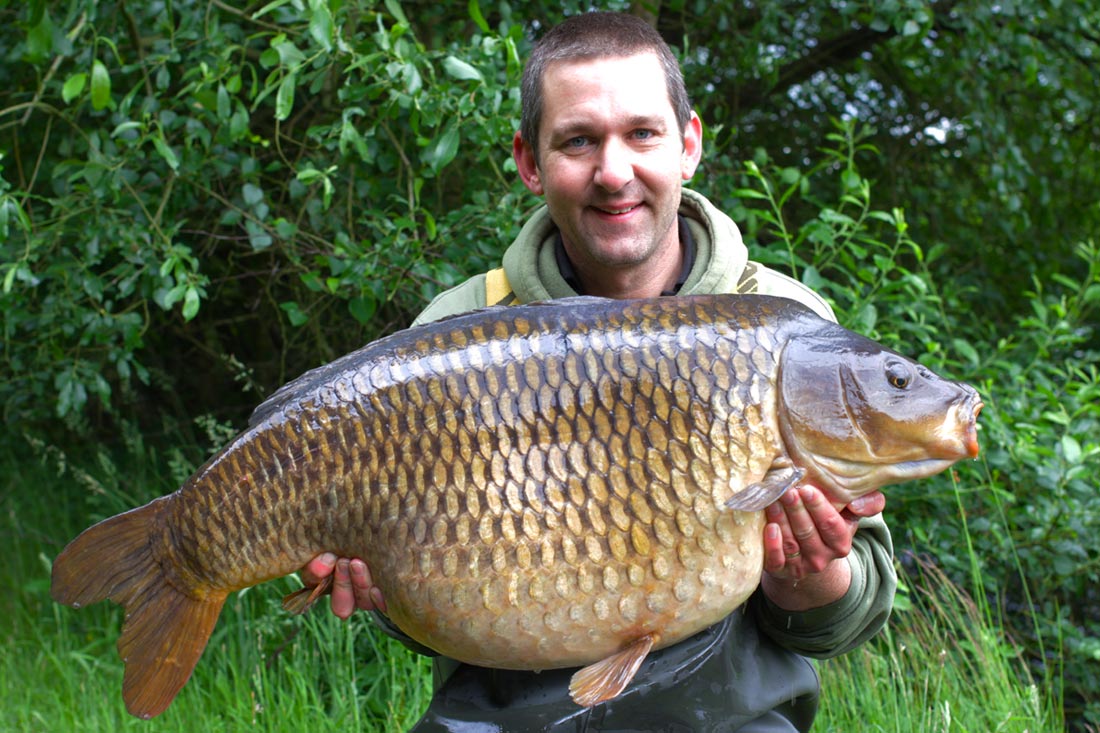
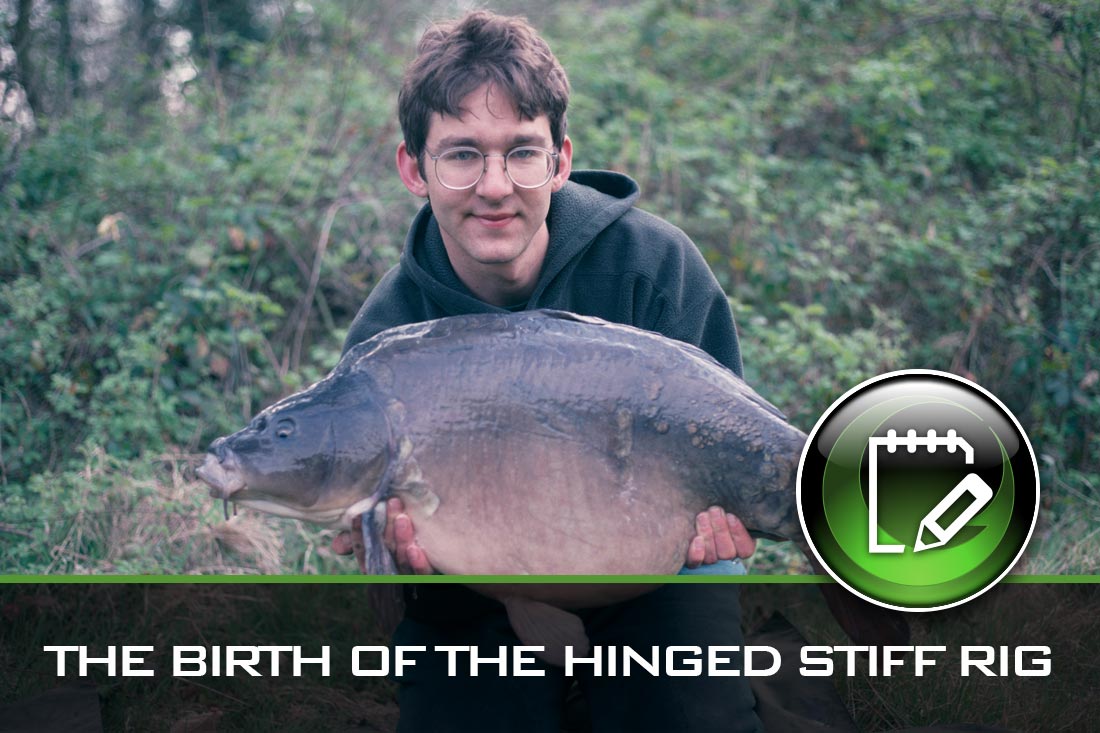
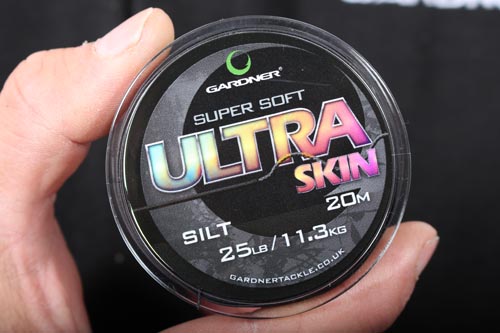
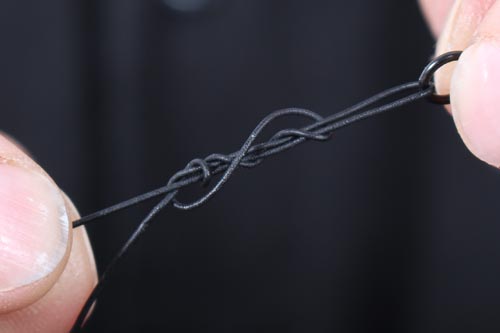
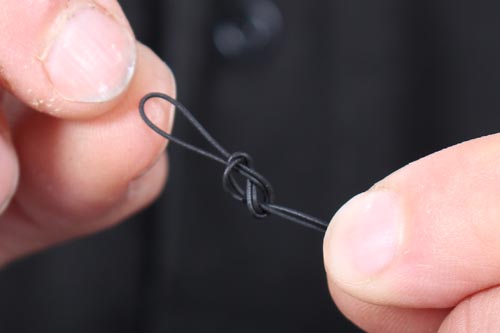



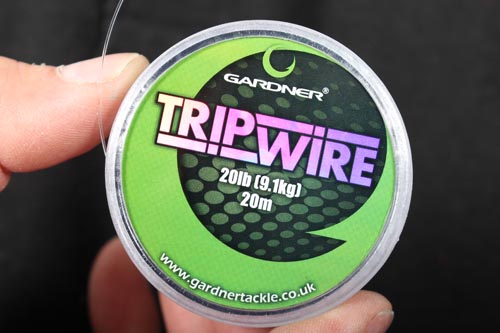

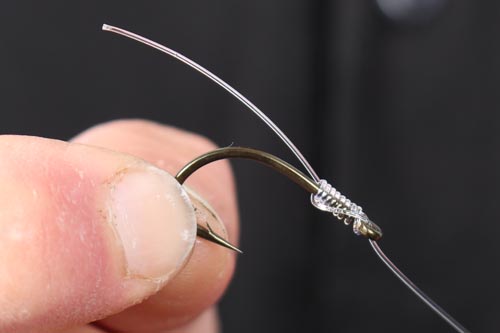
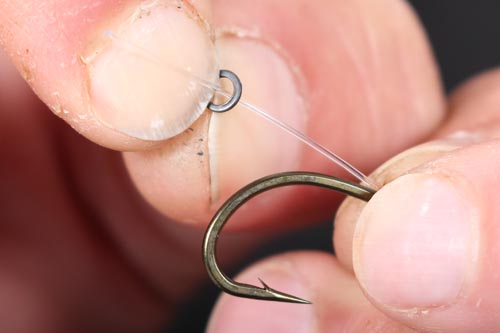
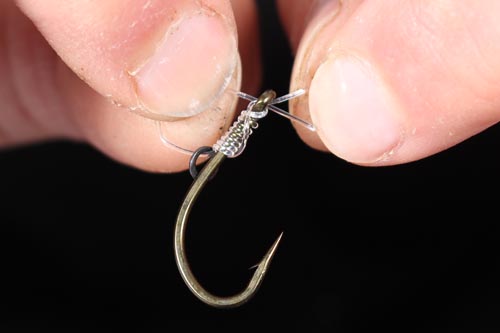
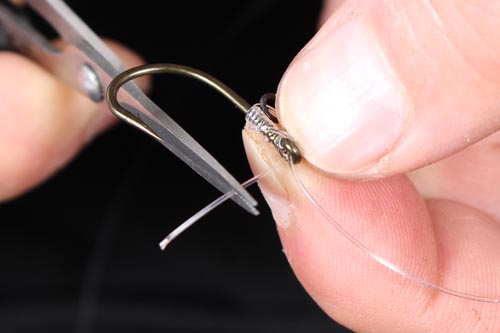
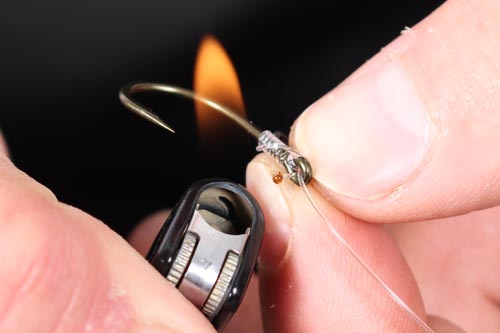
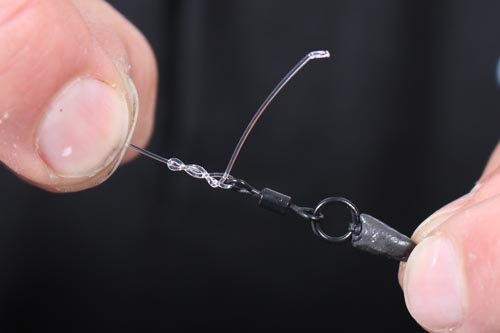
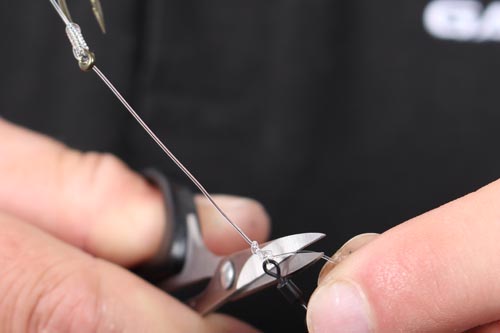
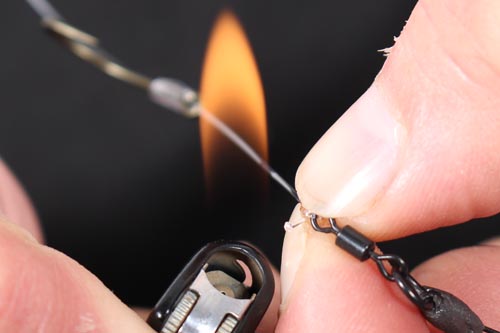
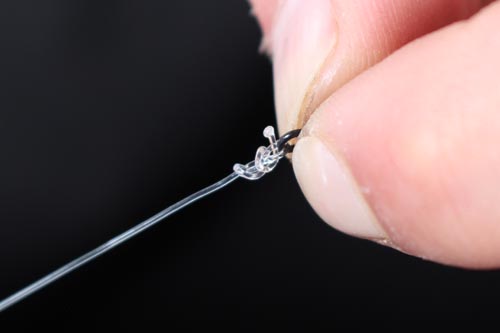
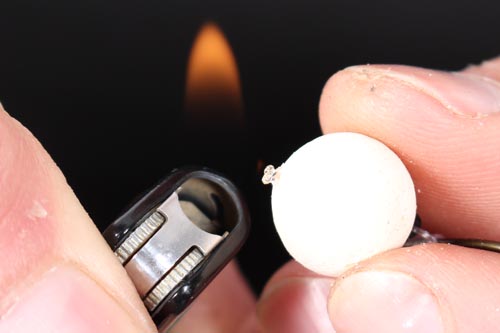
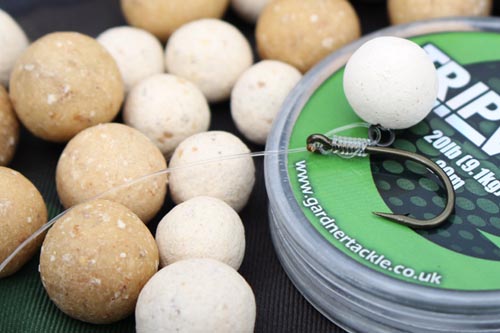


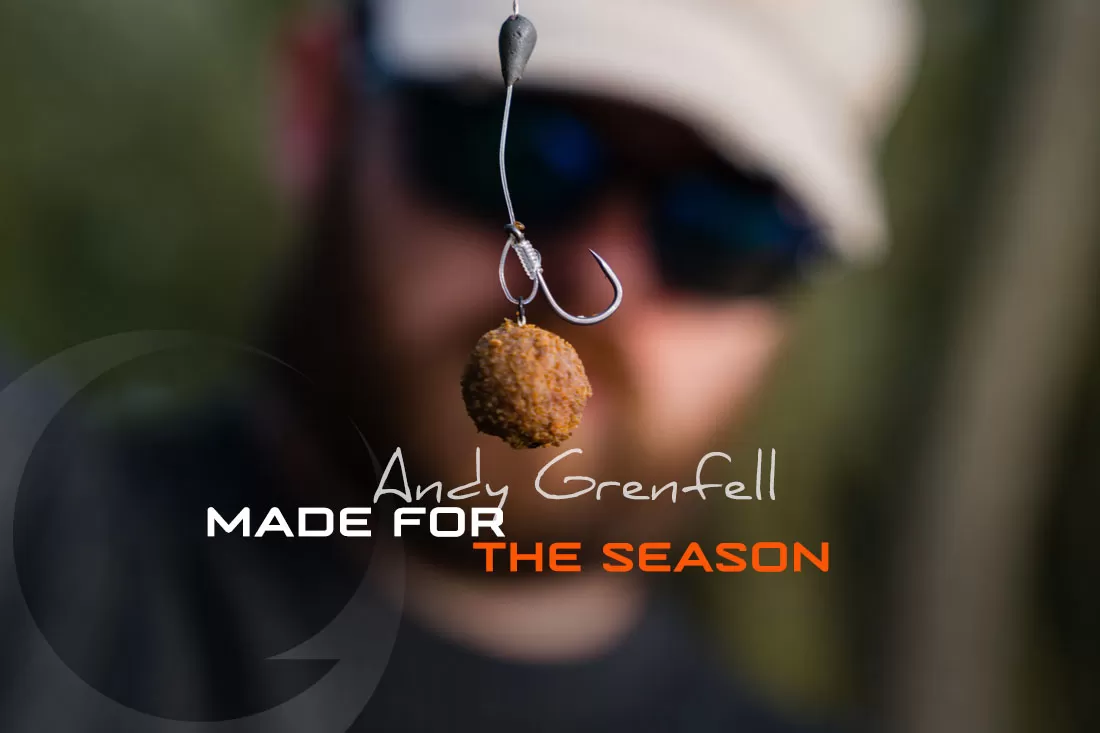
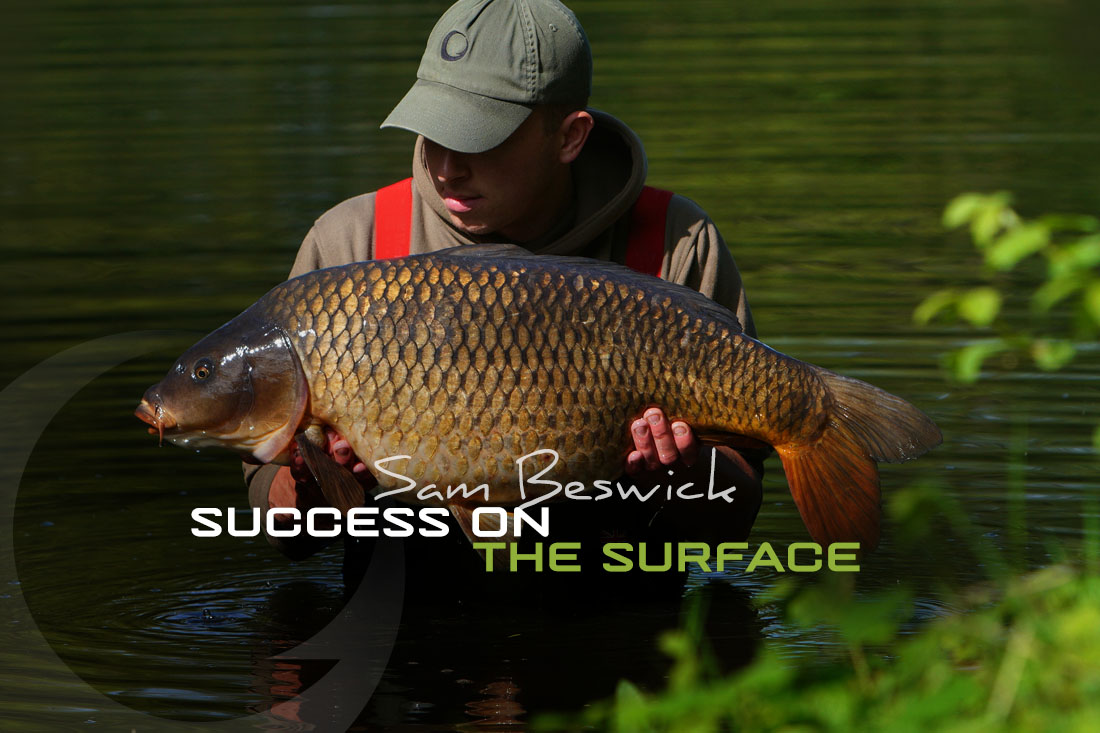

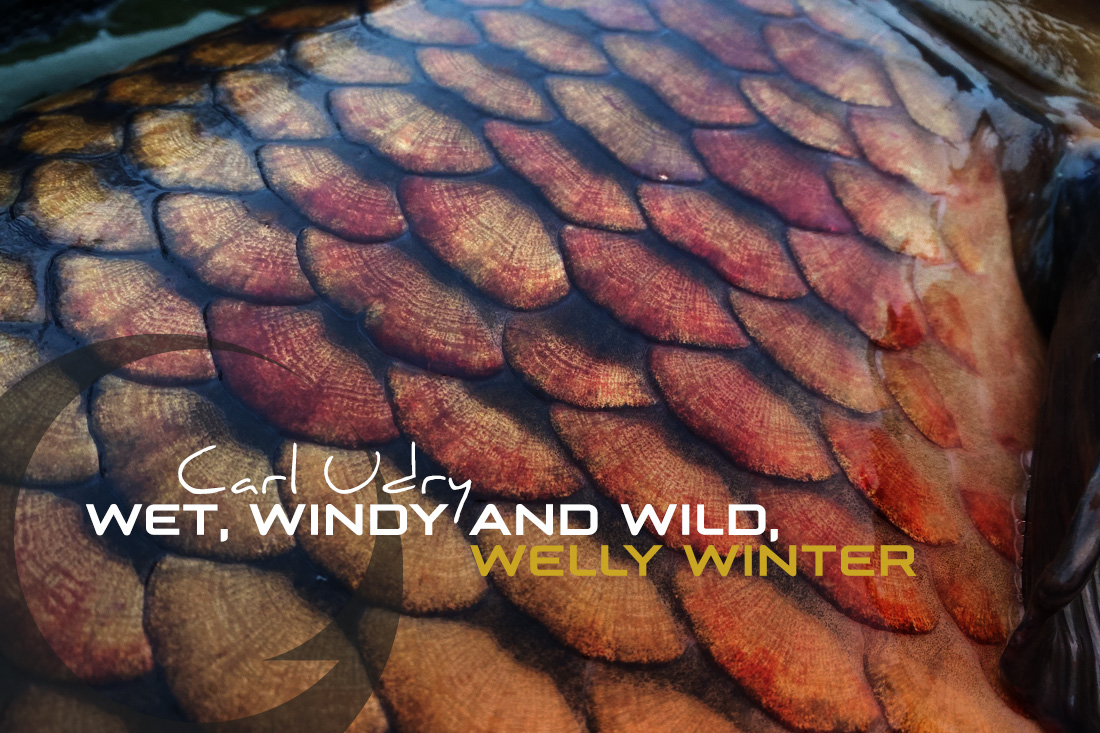
Leave A Comment
You must be logged in to post a comment.